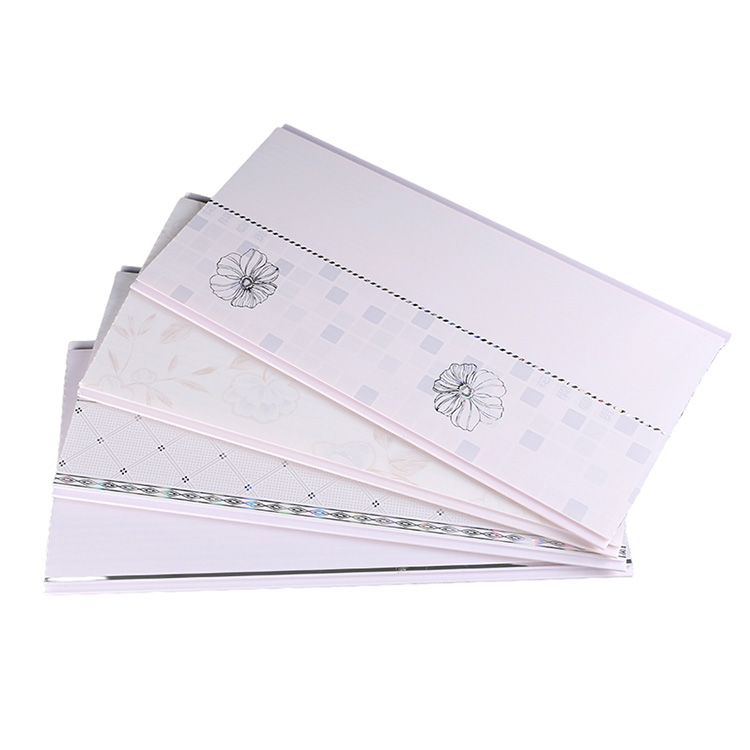How to Install and Maintain PVC Panels for Unique Interiors
2024-07-11
Introduction
PVC panels have become a popular choice for interior design due to their versatility, durability, and ease of maintenance. These panels can significantly enhance the aesthetics of any space while offering practical benefits. In this blog, we will provide a step-by-step guide on how to install PVC panels for unique interiors and share tips on maintaining them to ensure they remain in excellent condition for years to come.
Step-by-Step Guide to Installing PVC Panels
1. Preparation
- Measure and Plan: Begin by measuring the area where you plan to install the PVC panels. Calculate the number of panels needed and plan the layout to ensure a seamless and symmetrical finish.
- Gather Tools and Materials: You will need PVC panels, a measuring tape, a utility knife or saw, adhesive or screws, a level, and cleaning supplies. Ensure you have all the necessary tools before starting the installation.
2. Surface Preparation
- Clean the Surface: Ensure the wall or ceiling surface is clean, dry, and free of dust or debris. This will help the adhesive bond effectively to the surface.
- Check for Flatness: Make sure the surface is flat and smooth. If there are any irregularities, fill in gaps or sand down bumps to create an even surface for the panels.
3. Cutting the Panels
- Measure and Mark: Measure the dimensions needed for each panel and mark them accurately. Use a straight edge to guide your cuts for precision.
- Cut the Panels: Use a utility knife for thin panels or a saw for thicker panels to cut along the marked lines. Ensure the edges are smooth and even.
4. Installing the Panels
- Apply Adhesive or Use Screws: For adhesive installation, apply a suitable adhesive to the back of the PVC panel in a zigzag pattern. For screw installation, drill pilot holes into the panels and the wall.
- Position the Panel: Align the panel with the layout plan and press it firmly onto the surface. Use a level to ensure it is straight and adjust if necessary.
- Repeat the Process: Continue installing the panels, ensuring each one is aligned correctly with the previous panel for a seamless look.
5. Finishing Touches
- Trim and Edging: Use trim pieces to cover the edges and corners of the panels for a polished finish. Attach them using adhesive or screws.
- Clean Up: Wipe down the panels with a damp cloth to remove any adhesive residue or dust from the installation process.
Maintaining PVC Panels for Unique Interiors
1. Regular Cleaning
- Dusting: Regularly dust the panels with a soft cloth or a duster to prevent dirt buildup.
- Wiping: Clean the panels with a damp cloth and mild detergent to remove stains or smudges. Avoid using abrasive cleaners that could scratch the surface.
2. Handling Moisture
- Dry Immediately: If the panels are exposed to water, dry them immediately to prevent any potential damage.
- Seal Joints: In areas prone to moisture, such as bathrooms or kitchens, ensure the joints between panels are properly sealed to prevent water infiltration.
3. Inspecting for Damage
- Regular Checks: Periodically inspect the panels for any signs of damage, such as cracks or warping. Address any issues promptly to prevent further deterioration.
- Repairing Damage: Minor scratches or dents can often be repaired with a PVC repair kit. For more significant damage, consider replacing the affected panel.
4. Preventing Sun Damage
- UV Protection: If the panels are installed in areas exposed to direct sunlight, consider using UV-protective coatings or window treatments to prevent fading and discoloration.
Applications and Design Ideas
1. Accent Walls
- Create stunning accent walls in living rooms, bedrooms, or dining areas using textured or 3D PVC panels. These panels can add depth and interest to your interior design.
2. Ceiling Panels
- Use PVC panels on ceilings to add a unique and elegant touch. Metallic or wood-look panels can create a sophisticated atmosphere in any room.
3. Wainscoting
- Install PVC panels as wainscoting to protect lower walls from scuffs and damage while adding a decorative element. Choose panels that complement your interior décor for a cohesive look.
4. Custom Designs
- Get creative with custom-printed PVC panels featuring patterns, images, or logos. These panels can be used in commercial spaces, children’s rooms, or themed areas to make a bold statement.
Conclusion
Installing and maintaining PVC panels for unique interiors is a straightforward process that can significantly enhance the aesthetic and functionality of any space. With a variety of design options and practical benefits, PVC panels are an excellent choice for both residential and commercial applications.



